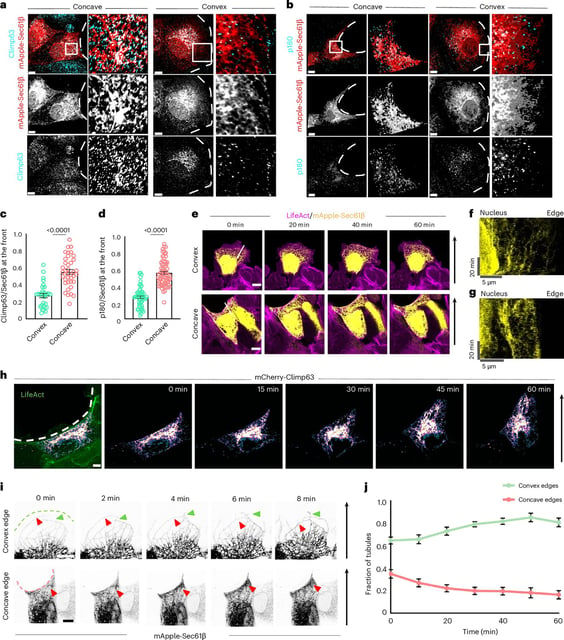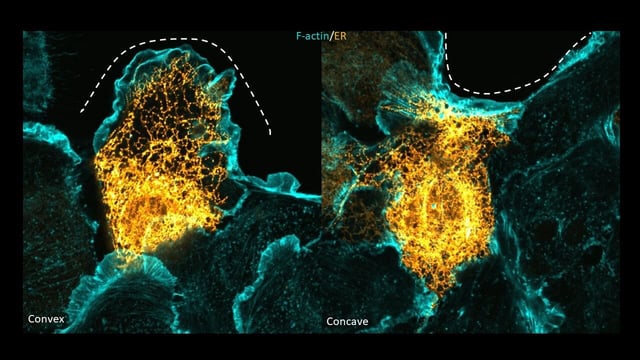Overview
- At convex wound edges the ER forms tube-like structures that facilitate protrusive crawling, whereas concave edges trigger flattened sheets that power purse-string contraction.
- Remodeling of ER morphology depends on actin and microtubule dynamics, with microtubules playing a key role in tubule formation at outward-curving sites.
- A mathematical model from the University of Birmingham demonstrates that ER shape shifts lower cellular strain energy during both protrusive and contractile closure modes.
- Experimentally forcing the ER into atypical shapes switches cells between crawling and contracting behaviors, confirming causal control over migration mode.
- Authors propose that targeting ER-mediated mechanotransduction could inspire new approaches to accelerate wound healing, enhance tissue regeneration and inhibit cancer metastasis.

